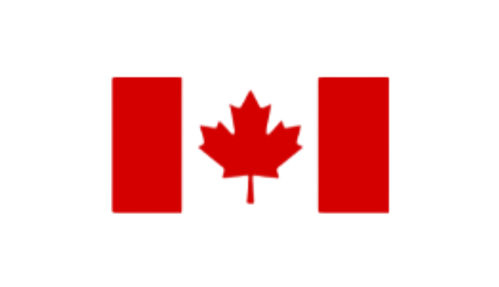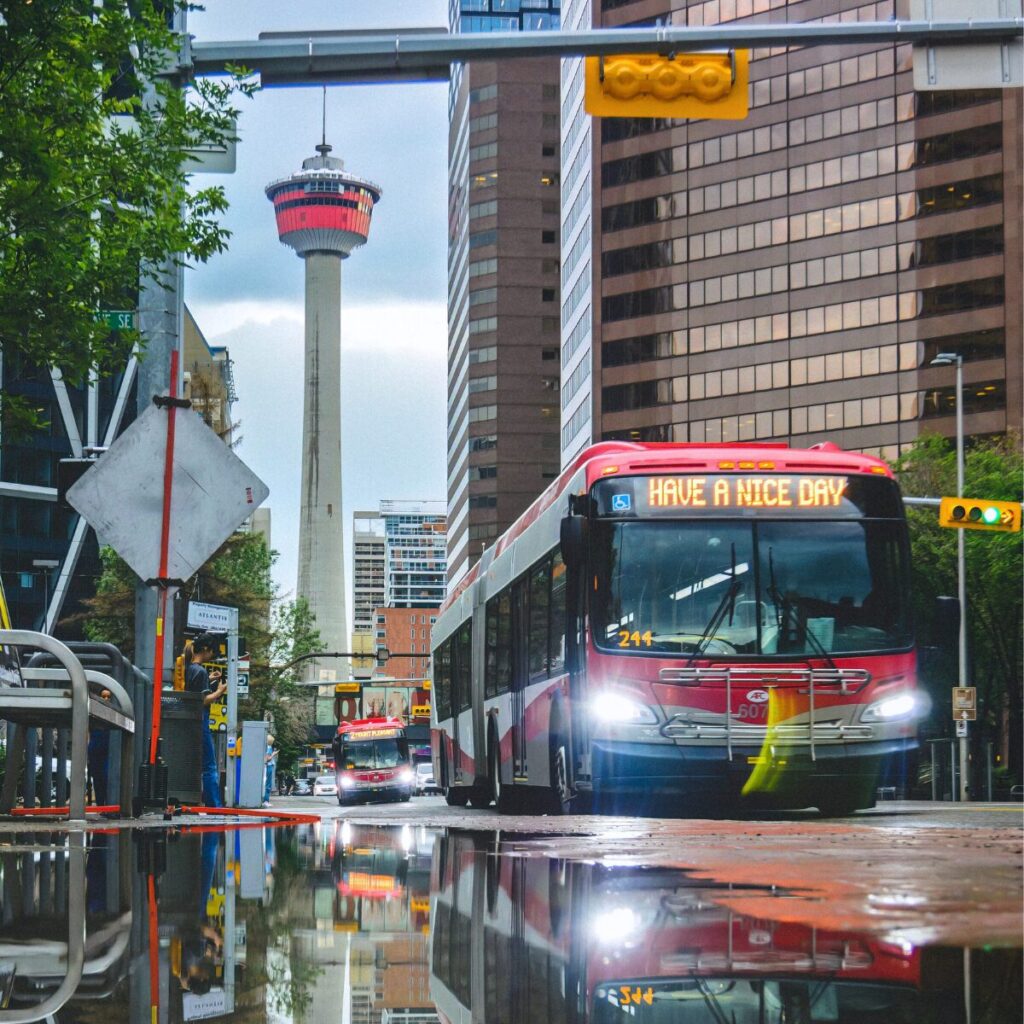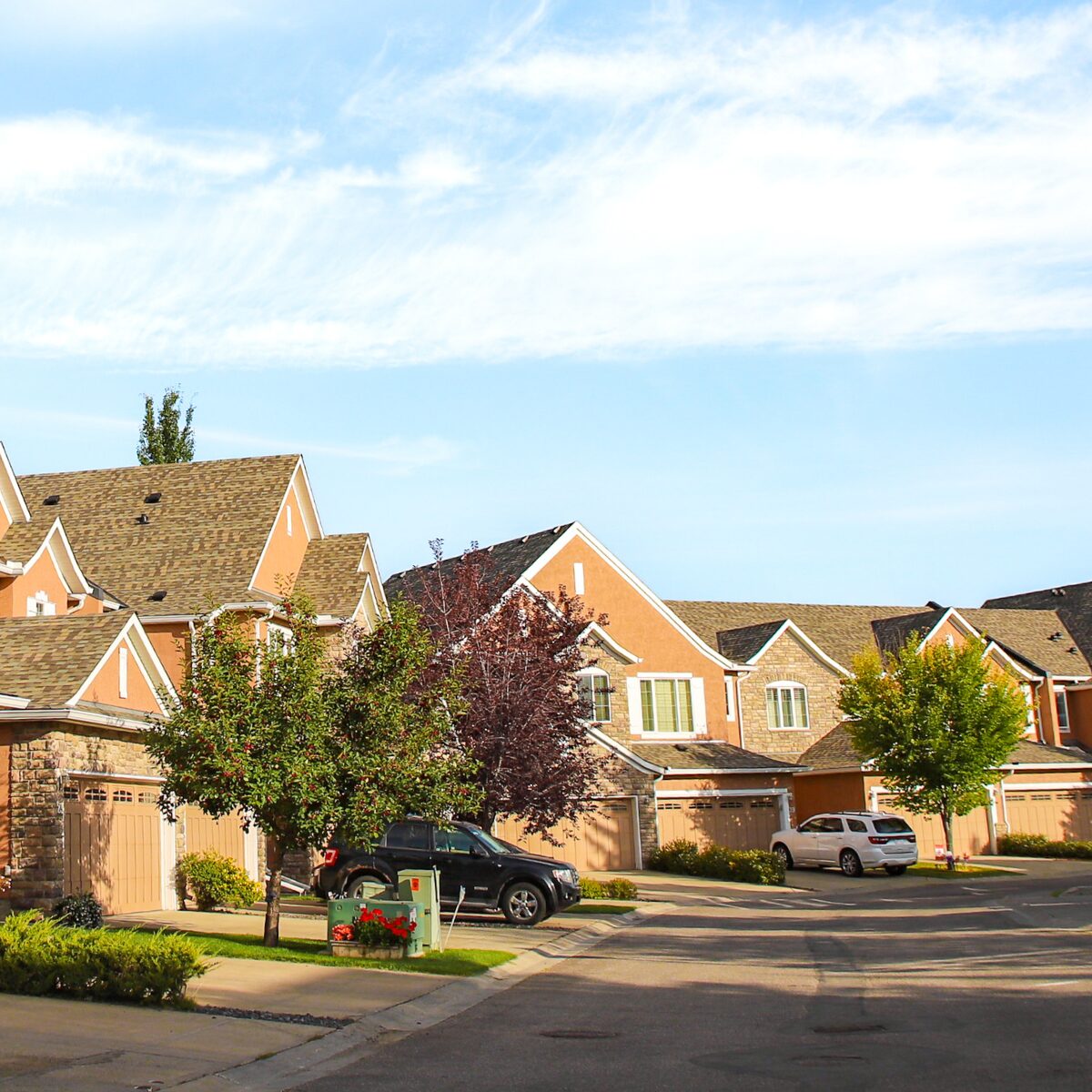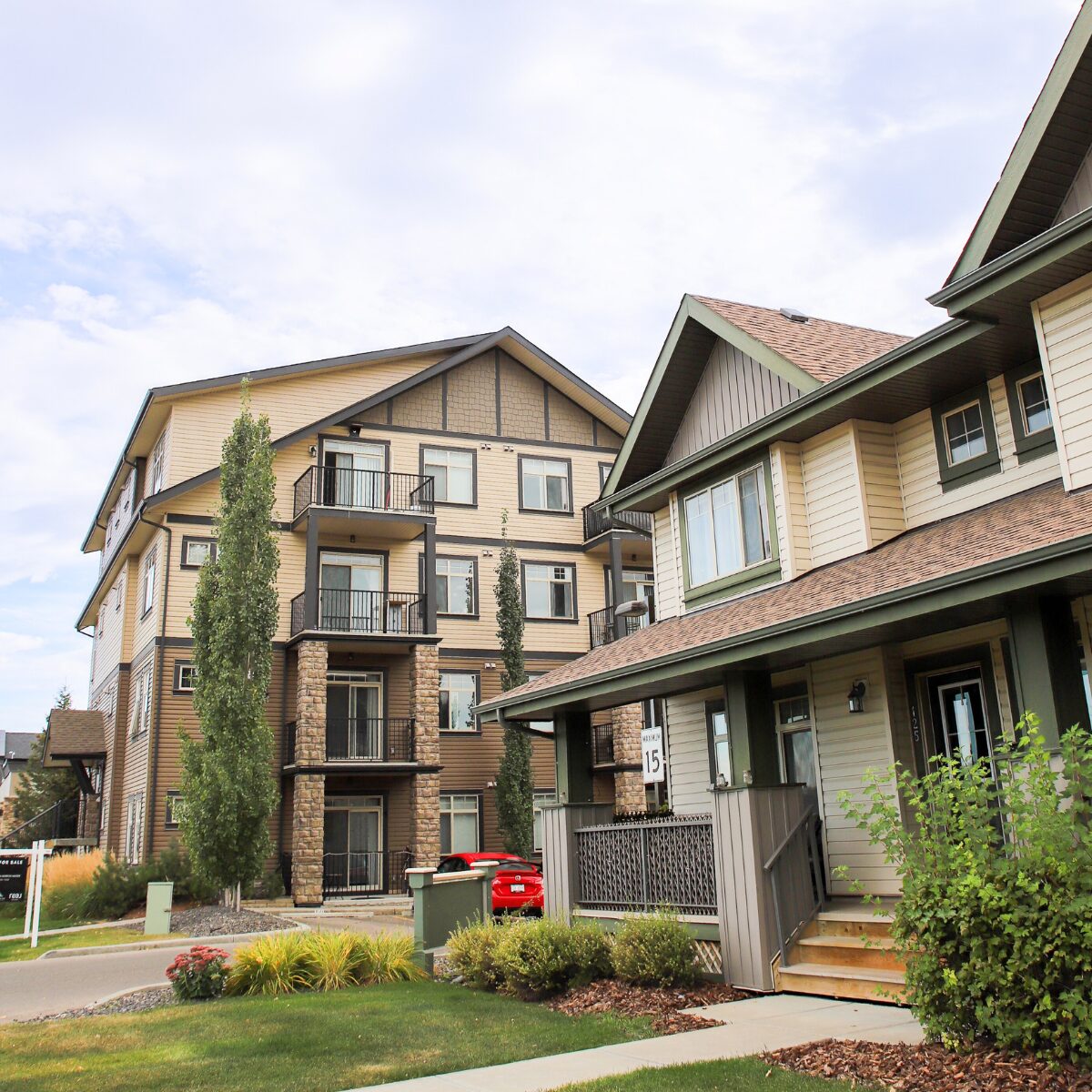


 ×
×



 ×
×

Since June 20, Calgary has seen an extraordinary weather trend — half a year’s worth of rain in just over a month. Environment and Climate Change Canada data show 222.7 mm of rainfall recorded between June 20 and July 22, compared to the city’s annual average of 445.4 mm. Read more about the numbers here from CTVNews .
Repeated storms over southern Alberta have led to persistent rainfall. Notably, between July 21–22, the Calgary International Airport logged 26.3 mm in under 24 hours, while the Springbank weather station recorded 54.1 mm. In communities southwest of Calgary, totals reached over 100 mm. The saturated ground couldn’t absorb the runoff, resulting in overland flooding, water pooling, and seepage in basements and underground parks.
Normally, Calgary’s average summer precipitation is:
For a total of roughly 232.2 mm. This year, Calgary spoke volumes — in just one month, it exceeded that seasonal norm.
This summer’s unusually heavy rainfall has posed significant challenges for condo and townhouse communities in Calgary. Even newer buildings can experience issues when exposed to prolonged wet conditions, revealing vulnerabilities that might not be apparent during normal weather patterns.
Extended periods of rain can overwhelm roofing systems and gutters. When gutters become clogged or full, water can overflow, causing damage to soffits, siding, and walls. Saturated soil around building foundations may lead to water intrusion into underground parking garages and basements through small cracks. Additionally, improper grading around buildings can cause water to pool near the foundation, increasing the risk of leakage.
Sump pumps play a critical role in managing water intrusion. However, during prolonged rain events, these pumps often run continuously, which raises the likelihood of mechanical failure. A failed sump pump can lead to significant water damage inside the building.
Water damage goes beyond immediate cleanup costs — if left unaddressed, it can result in mold growth, structural deterioration, and insulation damage, leading to expensive repairs. This highlights the importance of proactive maintenance and early detection.
For condo boards, property managers, and homeowners, prevention is key. Regular cleaning of gutters and downspouts, ensuring patio and driveway drains are clear, and promptly addressing any signs of water pooling or dampness can significantly reduce risks. Inside storage areas, keeping belongings elevated off the floor helps prevent damage in case of minor flooding. It is also advisable to test sump pumps regularly and consider backup power options to ensure continued operation during outages.
While this level of rainfall is unusual, it reflects shifting climate patterns that may bring more frequent intense rain events in the future. Calgary’s condo and townhouse communities should take this as a call to action: schedule professional inspections of drainage and roofing systems, review reserve funds for weather-related repairs, and collaborate with residents to ensure effective steps are taken to safeguard their properties.
Experiencing half a year’s worth of rain in just over a month is extraordinary, but with careful preparation and a proactive approach, communities can minimize damage and maintain the safety and comfort of their residents.
At UrbanTec, we understand the unique challenges that Calgary’s weather presents to condo and townhouse communities. By partnering with us, your community can proactively address maintenance needs, prevent costly repairs, and ensure a safe, comfortable living environment for every resident — season after season.


